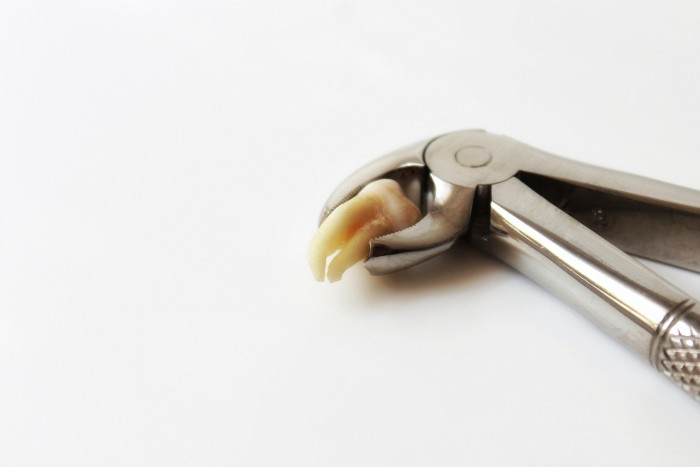Help, my teeth are shifting!
Counteract crooked teeth
Am I eligible?
quick
discreet
comfortable

Have you felt that your straight teeth are shifting or moving slightly? Don't worry, this is completely normal. Teeth are mobile and can unfortunately still shift in adulthood and cause a misalignment. If you notice that your teeth are slowly shifting inwards, for example, you should not wait long and have the misalignment corrected to avoid an expensive and long treatment.
Pain and other consequences
If the teeth are shifted, the resulting misalignment can lead to an unpleasant feeling of pressure as well as headaches and toothaches. If the teeth are crowded, maintaining dental hygiene becomes much more difficult and dental diseases such as caries and periodontosis can occur. In addition to the problems mentioned above, aesthetics also play a role. Most people feel very uncomfortable with crooked teeth and avoid smiling, which can affect one's mental health.
Teeth movement in adulthood: at 30, 40, 50 or 60 years old
Many adults complain about the sudden shifting of their teeth in the lower jaw. The causes of late tooth movement are discussed very controversially in some cases. One possible reason for crowding can be the pressure of the wisdom teeth against other teeth. But also a residual growth of the lower jaw can possibly lead to teeth shifting in old age. Another cause is the so-called physiological mesial drift. The posterior teeth have a natural tendency to move towards the centre of the jaw. This is because the spaces between the teeth become narrower over time due to daily friction when eating, and tooth movement is intended to prevent gaps. If a lot of soft foods are eaten, the movement may be stronger than the abrasion and the teeth may become crowded.
After braces (relapse)
It is very annoying when the teeth shift again after wearing braces or other orthodontic treatment and makes many people question the treatment. However, the teeth and jaws tend to shift back to their original position, depending on the original condition. The so-called relapse refers to the reversion to the former structures or the return of a past condition. The more complex the teeth misalignment or correction, the more likely a relapse is to occur. To prevent the teeth from moving again, retention after braces is essential. For this purpose, either a retainer or a permanent retainer is used. These ensure the teeth remain in the desired position and do not shift back into their original place.
Despite retention
Teeth can also shift due to grinding or clenching. While grinding happens during sleep, clenching happens during mentally stressful situations for most people. To prevent the teeth from shifting, in most cases the dentist will recommend a bite splint.
After wisdom teeth surgery
Even after wisdom teeth surgery, the teeth can shift. The reason for this is the newly created space in the jaw. It can cause individual tooth to start shifting, which in turn can lead to a misalignment. Therefore, teeth movement can occur both when wisdom teeth erupt and after they have been removed. This should always be taken into account prior to orthodontic treatment with braces or aligners.

Other causes
There are many other reasons why teeth shift in the course of life. If there are one or more gaps in the jaw, other teeth may try to tilt or move into the gap.
Gum disease (periodontal disease) causes the bone and gums to retract, which can lead to loosening of the teeth. The lack of fixation in the bone can also lead to shifting. Women in particular are especially susceptible to gum disease after pregnancy and during menopause due to hormonal changes in the body and oral bacteria, which is why teeth can also shift. Furthermore, accidents and injuries can lead to loose teeth and to shifting.
What can I do about it?
To prevent or stop teeth from shifting, you should consider the following tips:
Existing gaps should be closed with an aligner or equivalent and, in case of tooth loss, with a denture
Loose teeth need to be splinted or joined together
In case of grinding or clenching, a bite splint should be worn for protection.
After orthodontic treatment, a retainer should always be worn and its fit checked regularly.
Thorough oral hygiene to avoid gingivitis